Anywhere you stand in Vancouver, you are standing on the remnants of old-growth forests.
To see just how massive those trees could have been, you only need to walk to the intersection of Beach Avenue and Gilford Street in the West End and look up. On the roof of a 19-storey building designed by architect Richard Henriquez in 1987 stands an 11-metre-tall oak tree — a stark symbol of how tall old-growth forests would have been if they were still around.
Just a little farther away, the gentle giants of Stanley Park provide an even more immediate reminder.
The park contains some of Canada’s largest old-growth trees, including a 63-metre Douglas fir and the largest maple and red alder trees in Canada.
Visiting its old growth is a great way to see big trees in a spot that already has a lot of human traffic, therefore avoiding damage to other delicate ecosystems, says Colin Spratt, big tree hunter and tour guide at Stanley Park.
“There are forests that I don’t want to take people to because they’re pristine. They’re untouched. But Stanley Park is not a pristine old-growth forest. These ancient trees, they’ve been logged for years, they get trampled by footprints, people sleep under them, people dump garbage on them. This is a rare opportunity where it's actually safe to bring people to these trees,” he says.

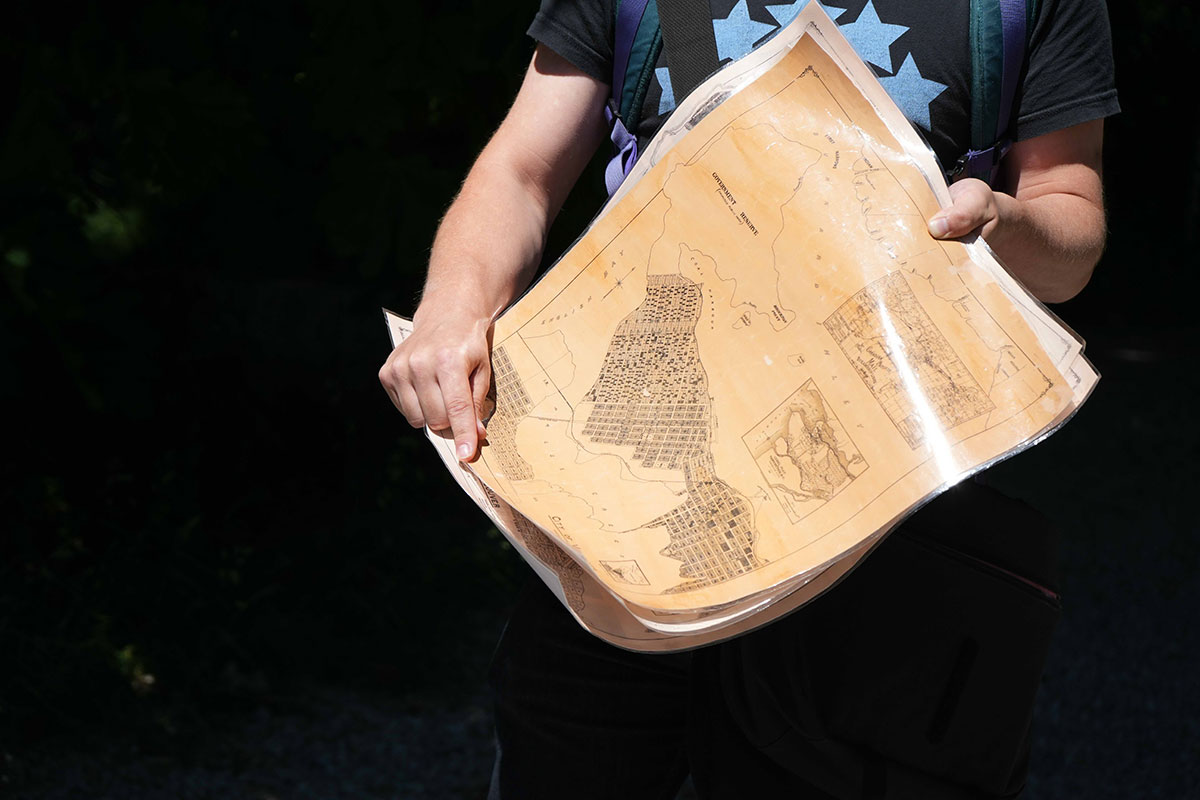
Spratt starts his Ancient Trees of Vancouver walking tours at Third Beach, where he takes people through marked and unmarked trials while sharing the history of Stanley Park’s big trees.
Logging has been a major industry for British Columbia since the 19th century, but the government says the pace of old-growth logging has slowed down since 2015.
The area now known as Stanley Park was a significant village site for the Musqueam, Squamish and Tsleil-Waututh Nations pre-contact. Post-contact, in 1860, the British government designated part of what is now in the park as a military reserve. It was logged by six different companies in the 1860s and 1880s, and finally became a park when Vancouver became a city in 1886.
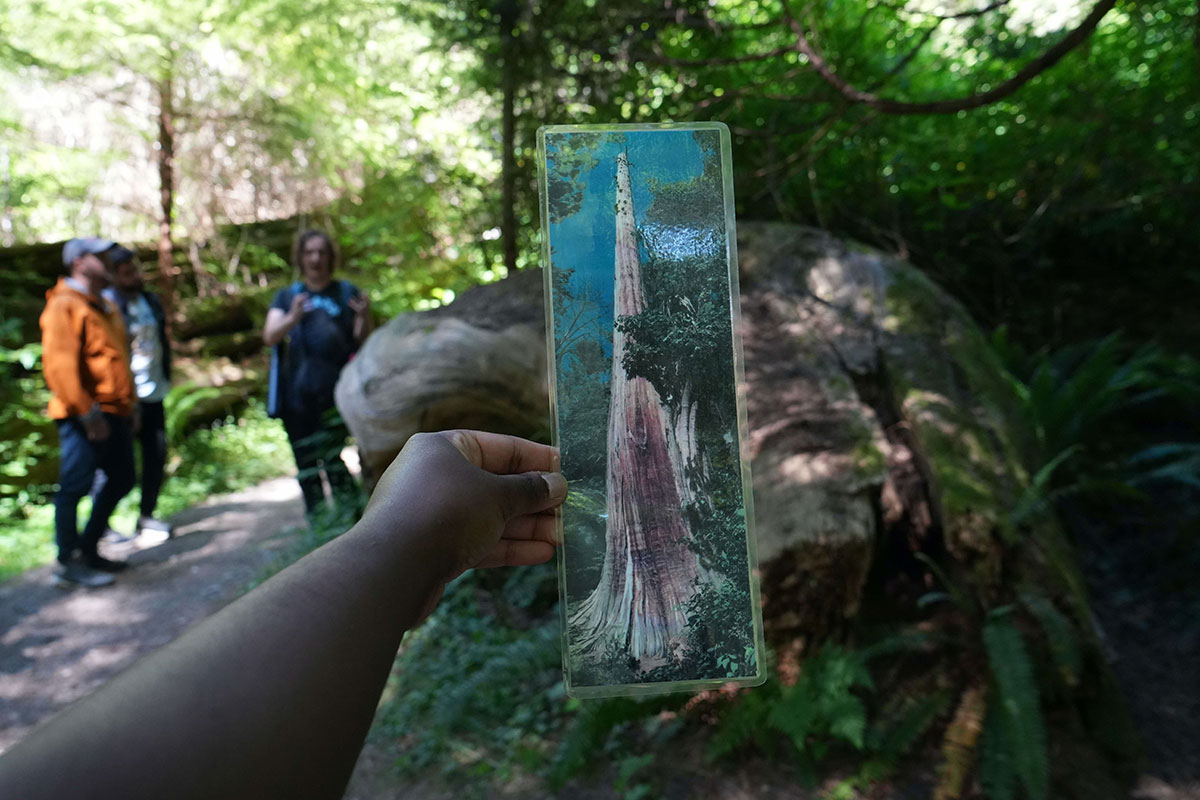
This summer has been a difficult one for trees in Vancouver, Spratt says, marked by heavy and hot weather, bug outbreaks and not enough rainfall.
He points out the parched and brown leaves of towering trees, which stand out amongst their green counterparts in the canopy. These trees were still alive and growing, Spratt says, but struggled without rain.
“In 1914, there was a bug outbreak,” Spratt says. “We're actually having the same bug outbreak — the western hemlock looper moth — right now. People saw the trees, especially the western hemlock and the spruce, looking ragged and defoliated. They didn’t know what to do so they cut it all down. So now, we have beautiful, maybe the most monumental, large spruces lying down on the floor, feeding the next generation of trees.”
As water restrictions continue to be enforced in Metro Vancouver, large trees in Stanley Park may again be in danger of culling for fire prevention strategy or for safety reasons in case they topple over.
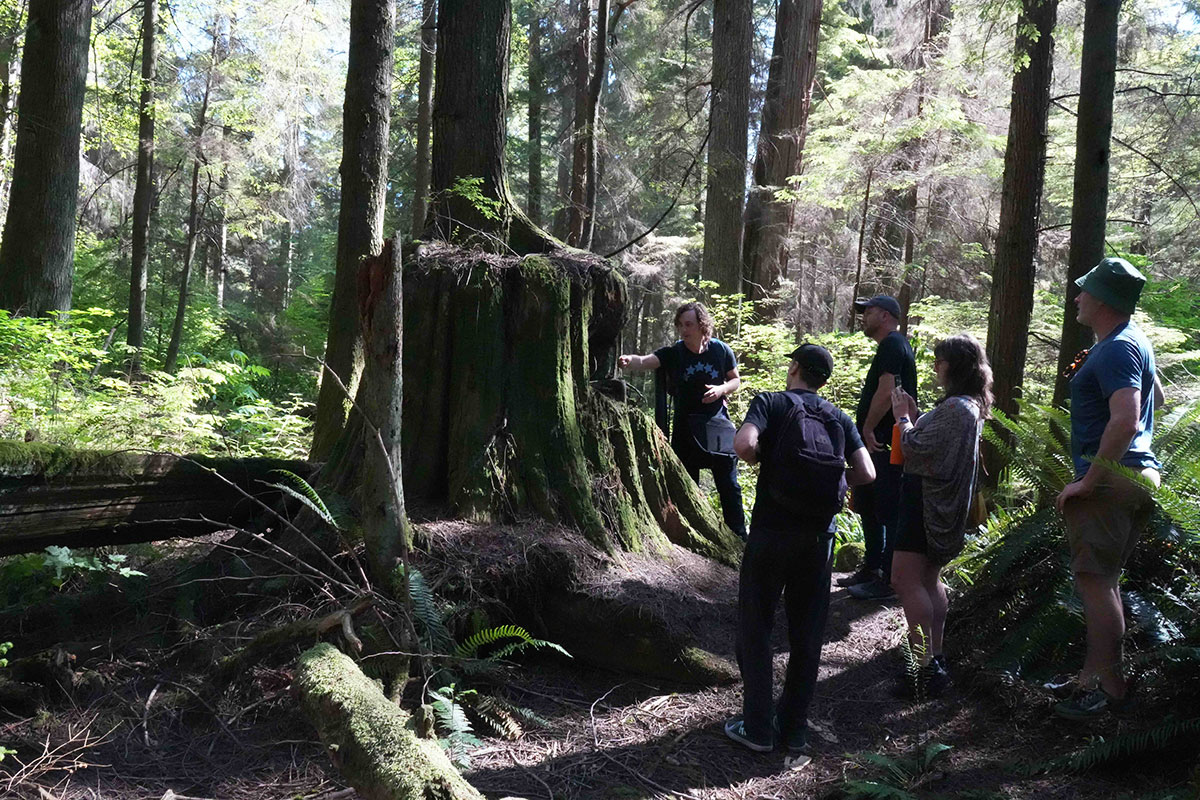
For many people in Vancouver, these trees are a symbol of refuge and reconnection — a way to get away from city life without having to leave the city limits.
For Spratt, Stanley Park was a refuge for him during COVID-19 when social isolation for health and safety was paramount.
“I used to be in the entertainment world,” Spratt says. “With COVID, I fell into this deep, deep depression. I had lost my career basically. There were a lot of personal things happening. And this world, this was my happiness, and bringing people into this forest doubles my happiness.” He is hoping to use his business to spread awareness of the old-growth forests still very much alive and present in Vancouver, and to make people understand their impact.
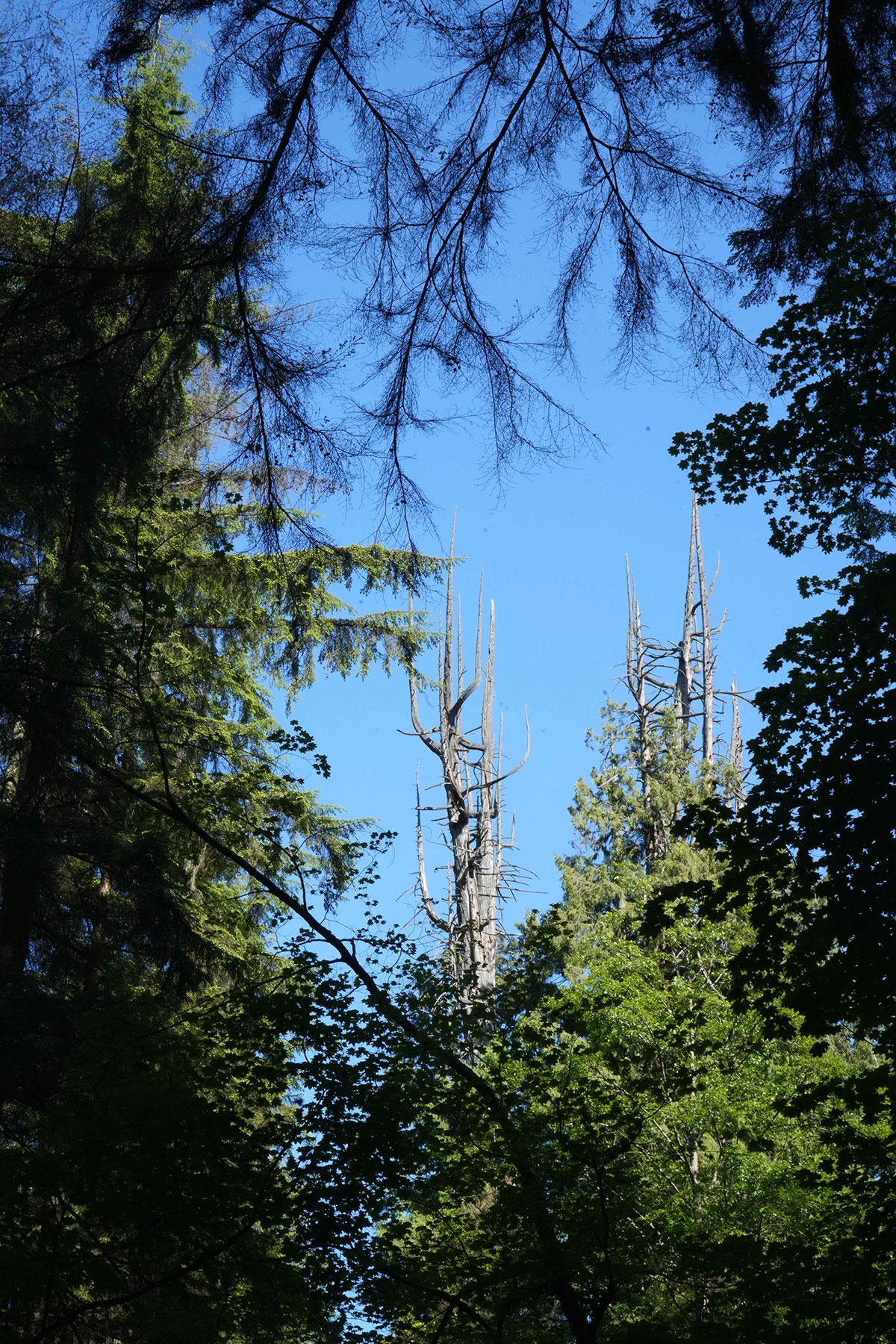
With over 18 million visits per year, Stanley Park is one of the most popular and well-used city parks in Canada. Visitors lie down and read in the grass, walk along Beaver Lake or plunge into the cool forests crowning the area. It’s one of the top tourist destinations in British Columbia, with approximately 39 per cent of tourists making Stanley Park a priority on their to-do lists.
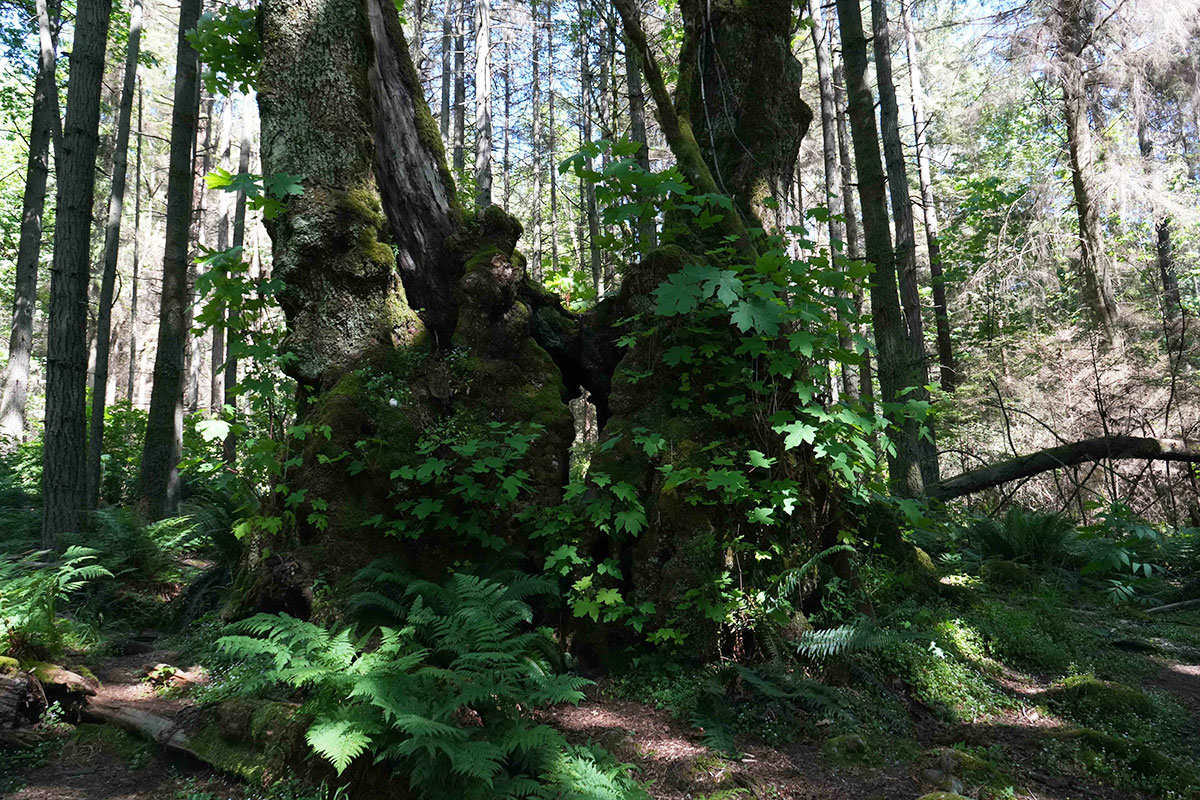
“The whole reason I’m doing this is because in 10 years, I want people to land in Vancouver and have seeing the old-growth trees on their to-do list. I want them to say, ‘We should go see the thousand-year-old tree in the park,’” Spratt says.
“We have an amazing opportunity, basically a forest classroom. The fact that you have an old-growth forest beside a major urban centre, literally downtown Vancouver, one of the major cities in Canada. It’s incredible.” ![]()
Read more: Environment




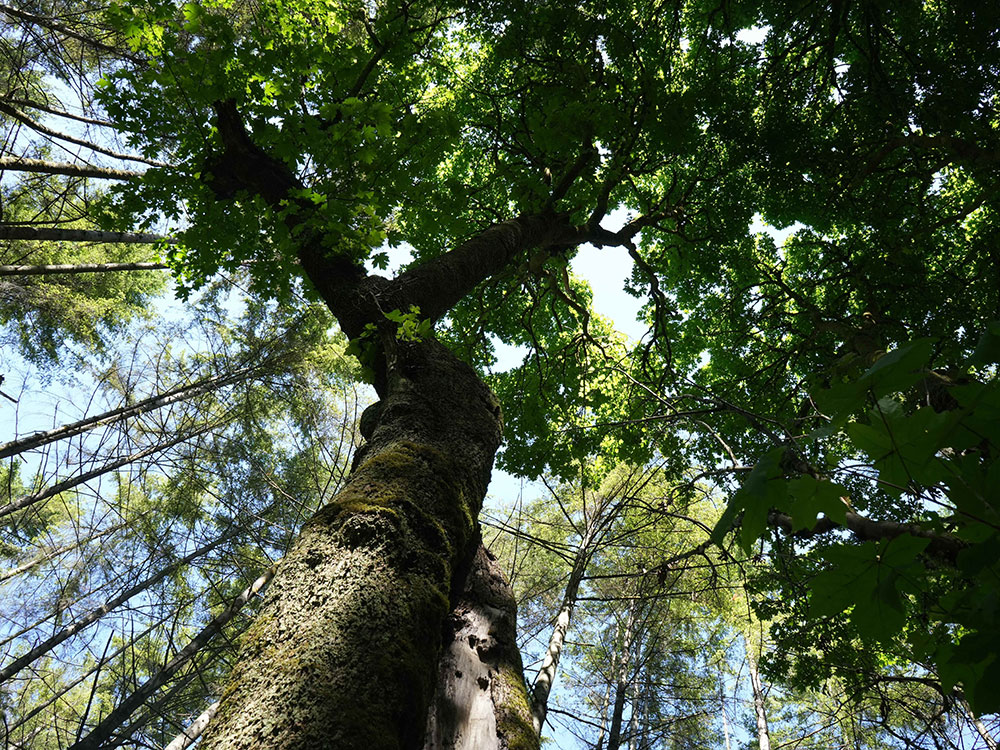












Tyee Commenting Guidelines
Comments that violate guidelines risk being deleted, and violations may result in a temporary or permanent user ban. Maintain the spirit of good conversation to stay in the discussion and be patient with moderators. Comments are reviewed regularly but not in real time.
Do:
Do not: